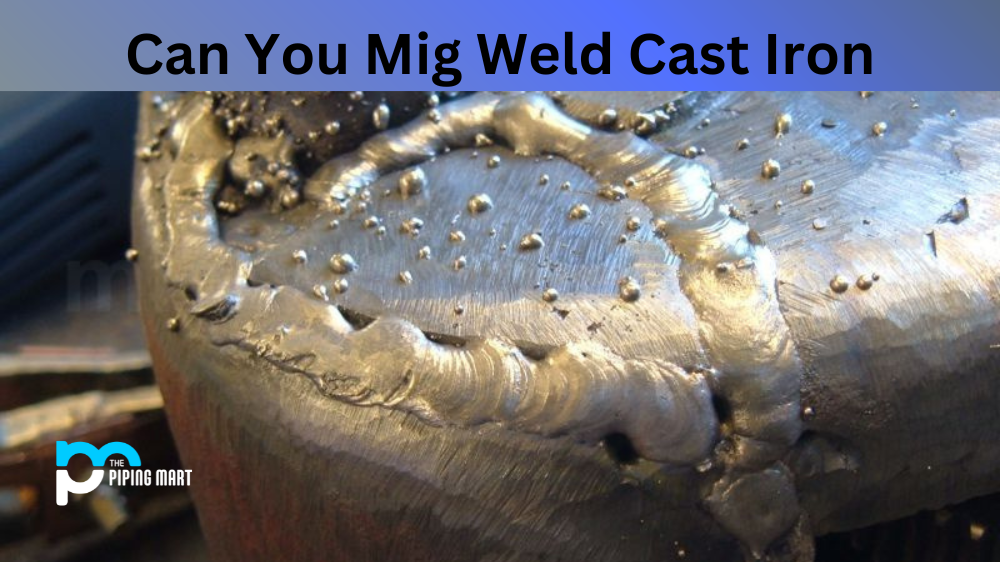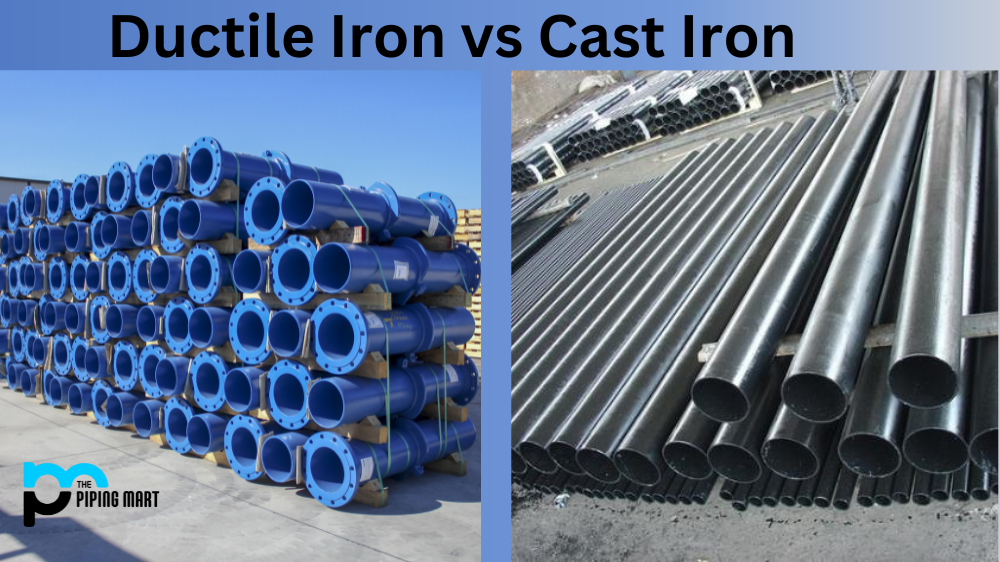MIG welding is one of the most popular and versatile welding techniques out there. It’s a go-to for many welders, and it can be used to join all kinds of metals, from aluminum to stainless steel. But what about cast iron? Can you use MIG welding to weld cast iron? Let’s find out.
Welding cast iron can be a tricky endeavor due to the material’s high brittleness. However, modern welding processes allow us to easily weld cast iron with minimal effort, making it an appealing choice for manufacturing and repair projects. The most popular way of welding cast iron is by using a method called MIG welding, which involves melting down the existing metal and attaching the new piece of metal at the same time. Mig welding allows for a stronger joint between both pieces of metal compared to traditional welding methods, making it preferable when strength is a major factor in choosing a welding technique. Additionally, MIG welding also allows for quicker work times as only one pass is required and reduces the chances of overheating the material. With careful attention paid to proper techniques, experienced welders find that MIG welding cast iron can be a fast, effective process.
The Pros and Cons of MIG Welding Cast Iron
MIG welding can be used on cast iron in certain situations, but it’s not ideal for every project. On the plus side, MIG welding offers some advantages when working with cast iron. First off, it’s much faster than other welding methods like stick welding, which means that projects can be completed more quickly and efficiently. Additionally, since the process produces less slag than other techniques, cleanup is easier and faster too.
However, there are some drawbacks to consider as well. For starters, it can be difficult to get an even weld on thicker pieces of cast iron because the heat tends to spread more slowly during the process—which can lead to warping or uneven results. Additionally, due to its high carbon content and low ductility, cast iron wouldn’t respond well to too much heat—so a welder would need precise control over their heat settings in order to avoid damaging the material.
Finally, while MIG welding might be faster than other methods when it comes to joining thin pieces of metal together, thick pieces require a lot more time and energy—which could mean that a project ends up taking longer overall if you opt for this method instead of something like stick welding or oxy/acetylene cutting.
Conclusion:
At the end of the day, whether or not you choose MIG welding for your cast iron projects is entirely up to you. However, it’s important to remember that there are pros and cons associated with this technique—like speed versus accuracy—that should influence your decision-making process. Consider all your options carefully before deciding which method works best for your particular project!

Meet Bhavesh, a seasoned blogger with a wealth of knowledge and experience. From metal products manufacturing to retail, Bhavesh has a diverse background in various industries and is dedicated to sharing his insights and expertise with readers.




